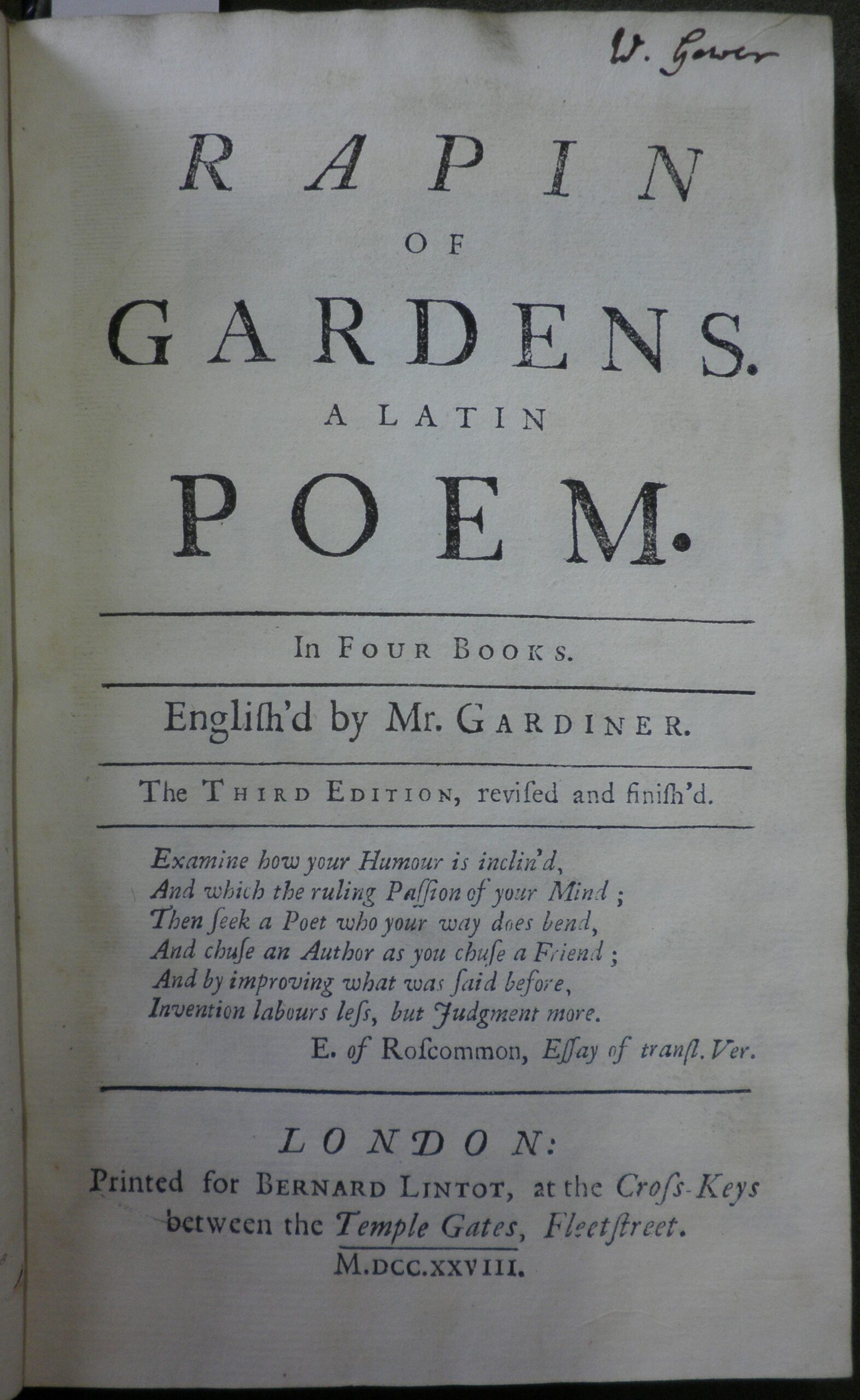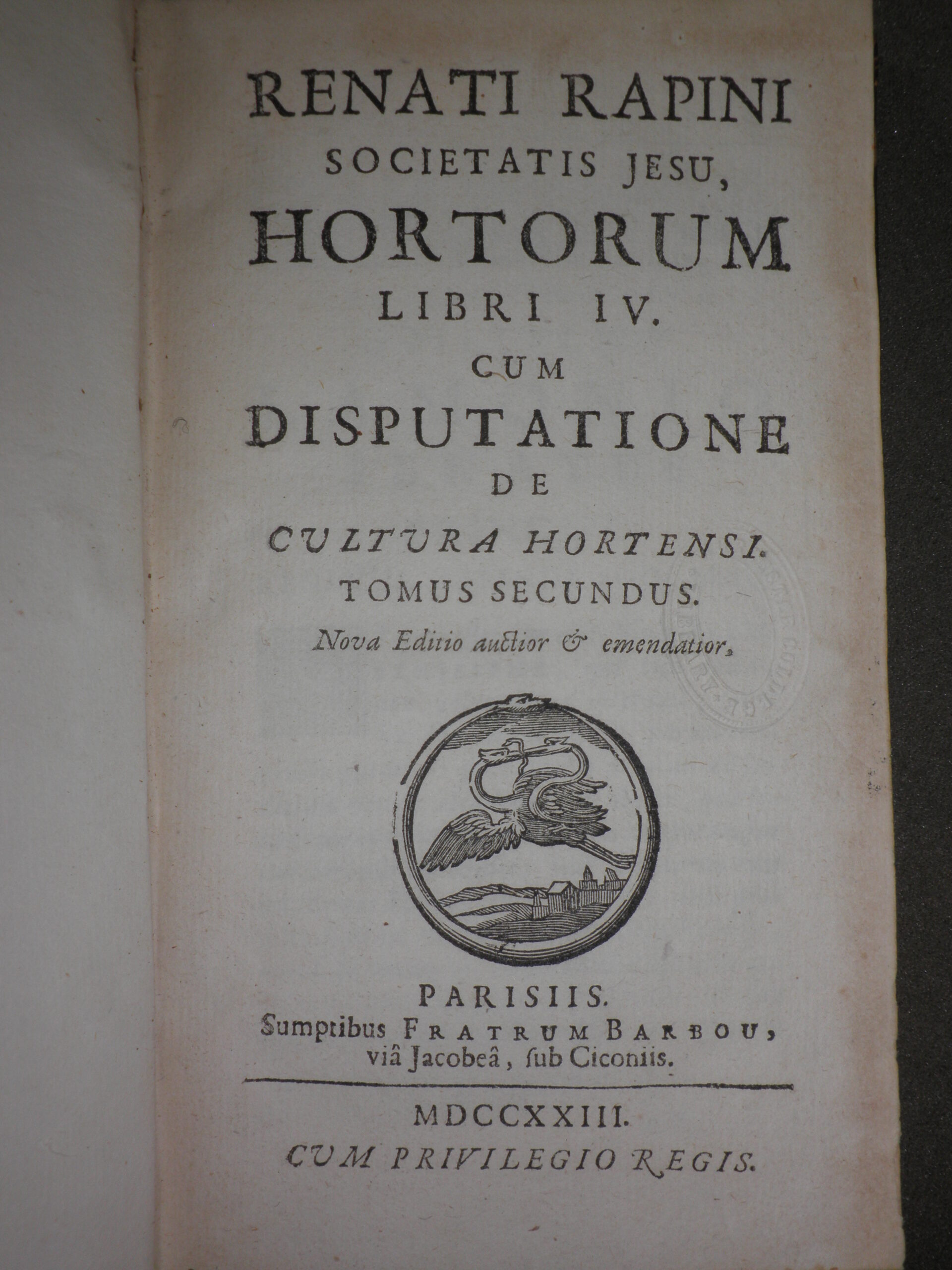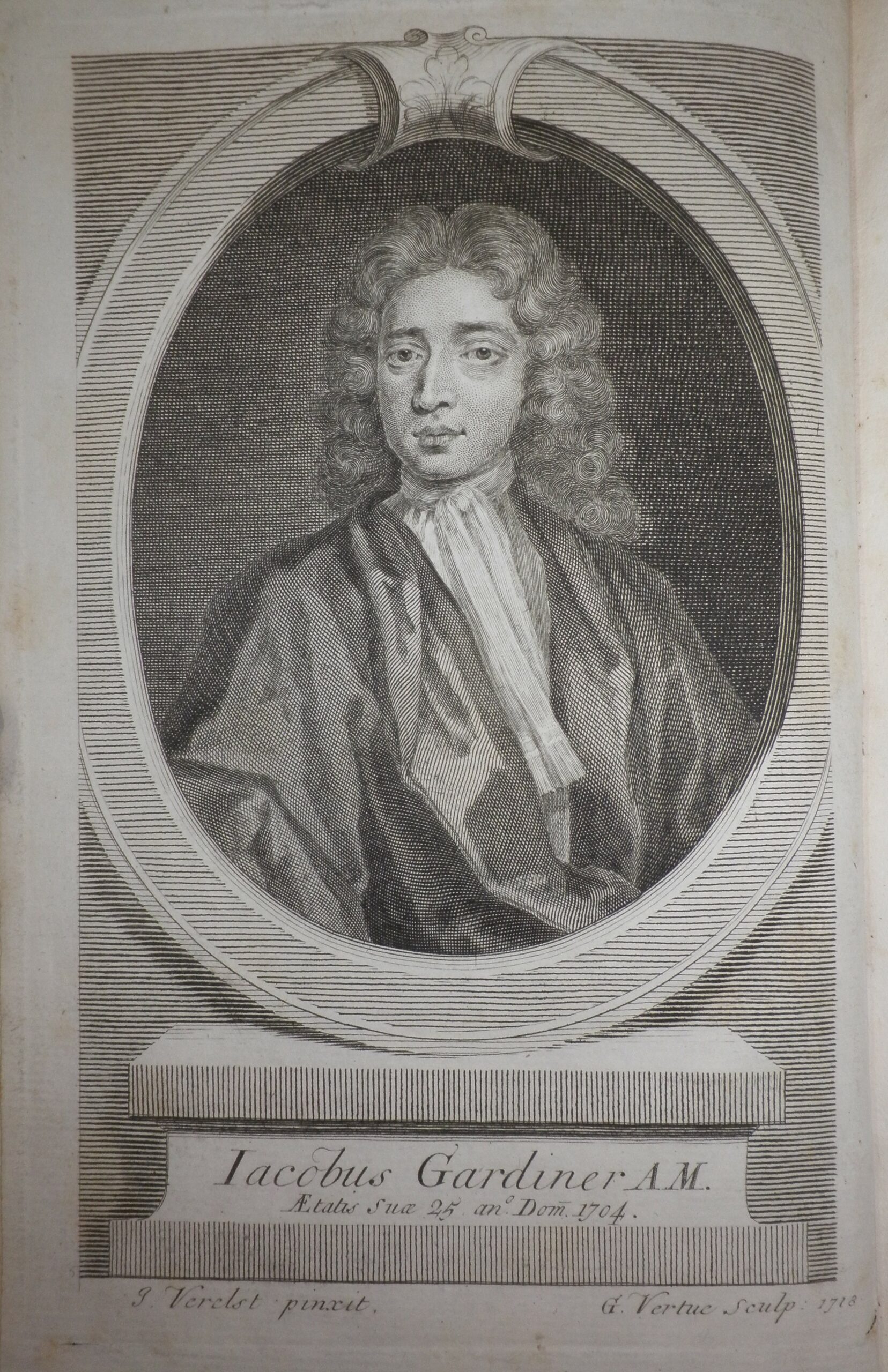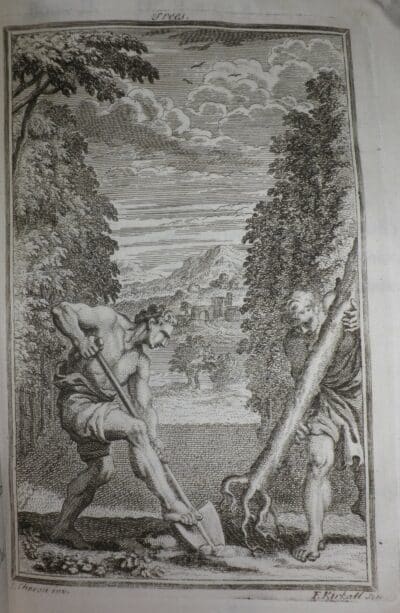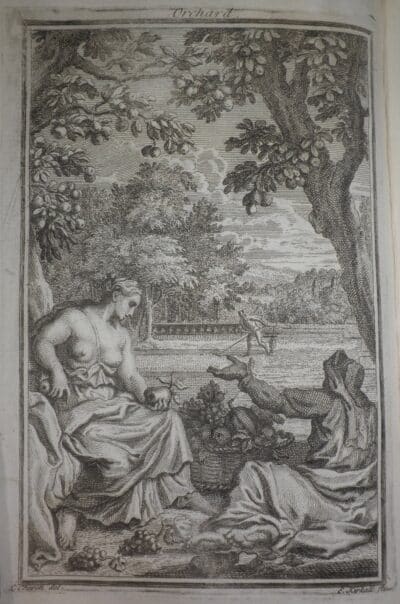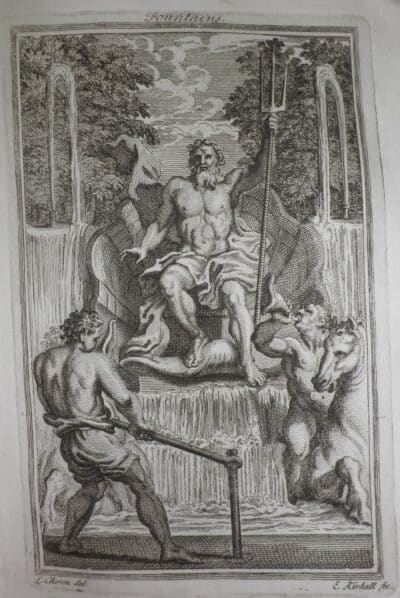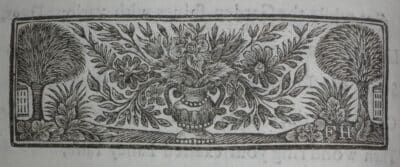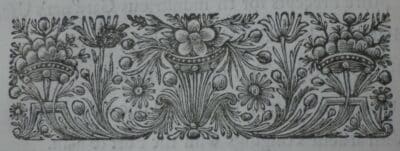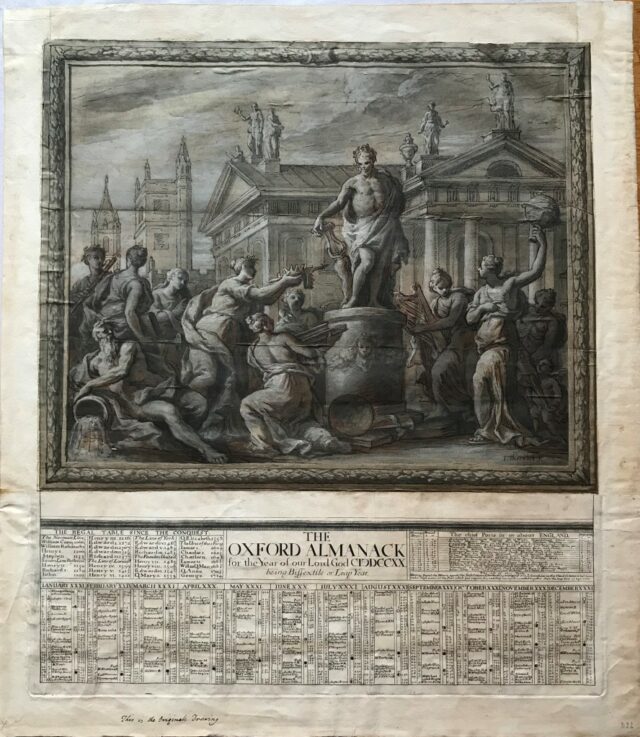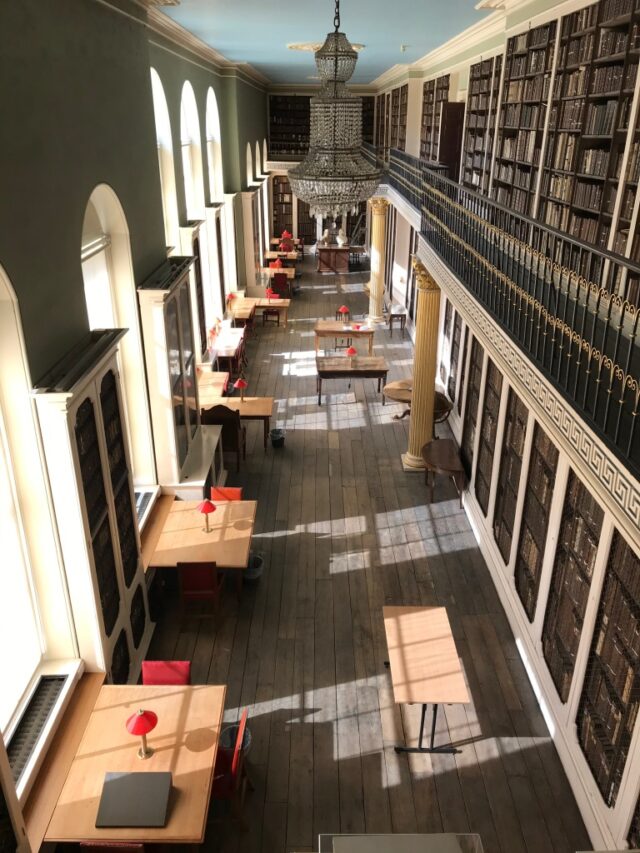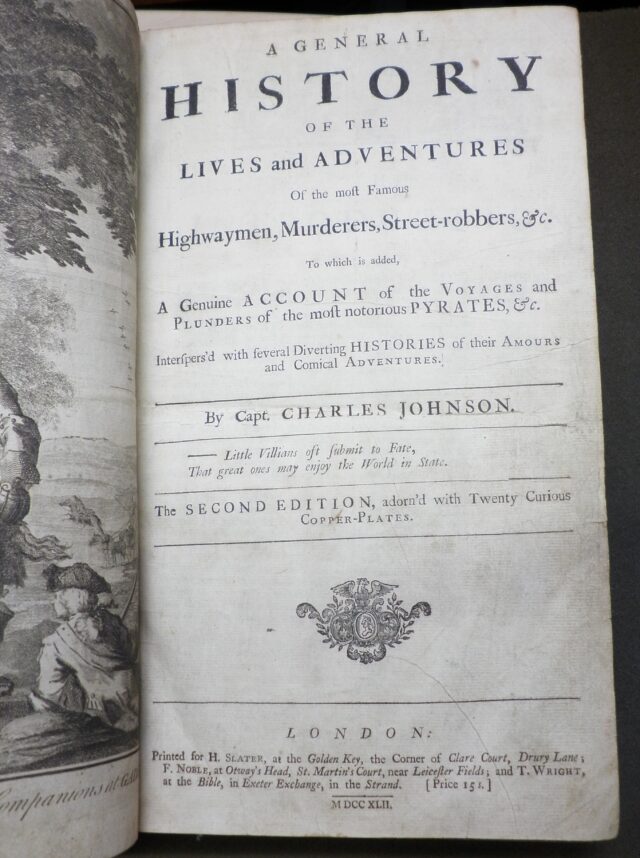Of gardens
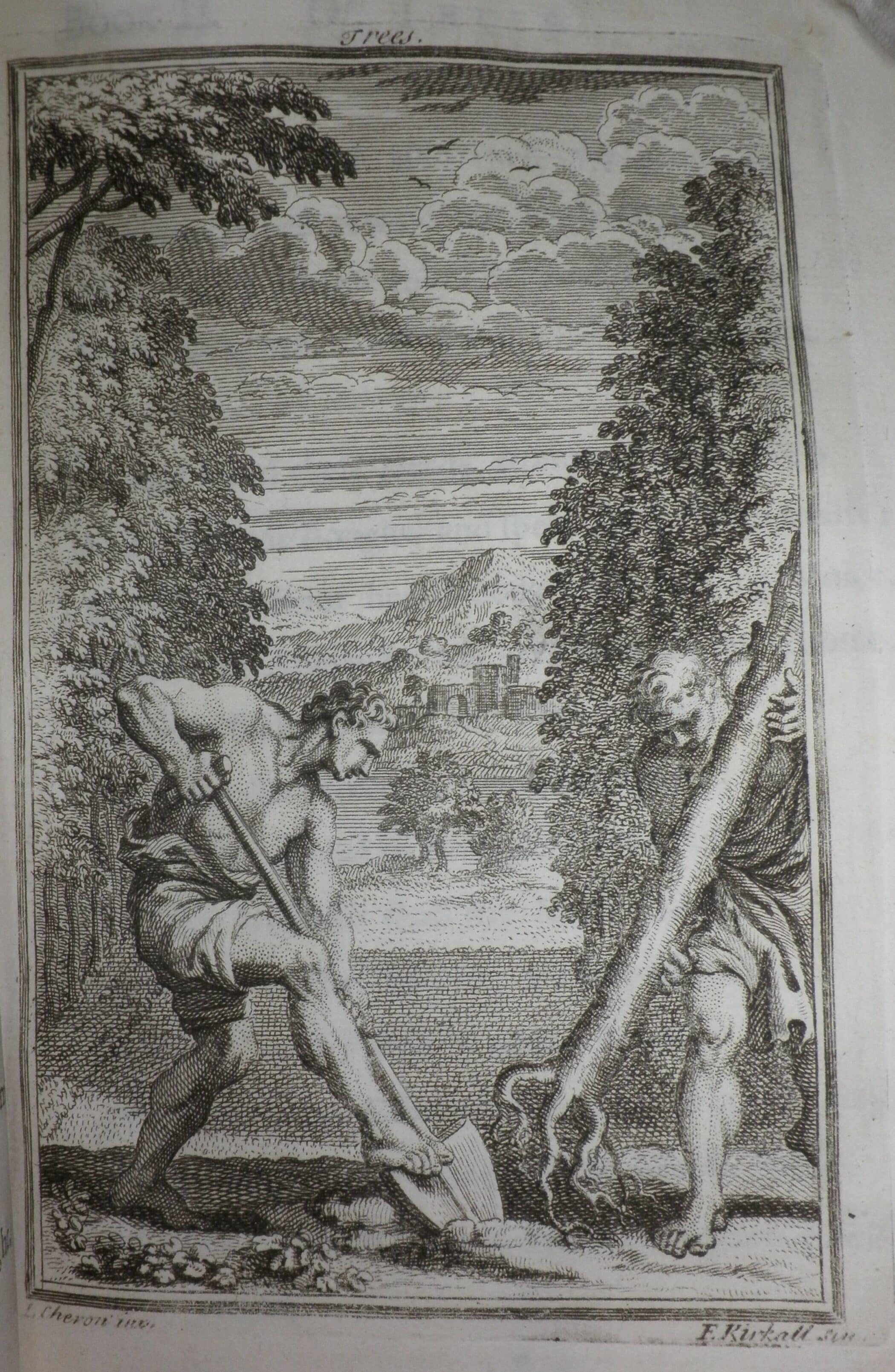
30th May 2019
Of gardens
René Rapin. Rapin Of gardens. A Latin Poem. In four books. English’d by Mr. Gardiner. The third edition, revised and finish’d.
London: printed for Bernard Lintot, at the Cross-Keys between the Temple Gates, Fleetstreet. M. DCC. XXVIII [1728]
‘May, the most delightful Month in the whole Year’. So reads the index entry for this month in the book featured here in our May blog post, and it is a statement with which Worcester’s gardeners would surely agree. In the month when the gardens, the College’s other great treasure, really begin to bloom, we present a Library treasure in their honour. Rapin of gardens is an 18th-century English translation of the 17th-century Latin poem by the French Jesuit, René Rapin. Placing himself and his poem in succession to Virgil’s Georgics, Rapin in his preface notes his boldness ‘to venture on a subject for a poem, which the greatest poet in the world had left unattempted’ (page xvi). Whilst the Georgics treated agriculture, Rapin here extends them to describe and teach about gardens, structuring his work in four books: ‘Of flowers’, ‘Of trees’, ‘Of water’, and ‘The orchard’ – all of which we enjoy here at Worcester.
In the manner of the Georgics, this is didactic poetry, and passages of instruction are interspersed with myth. Rapin notes in his preface that ‘The Design of it… is to teach…’ and it became a popular gardening book. As Henrey notes, ‘quotations from it are to be found in many 17th– and 18th-century English books on gardening’ (Henrey, British botanical and horticultural literature before 1800, page 411). Indeed, in addition to this translation, the College has a 1723 Paris edition of the Latin poem.
The translation is, if you will, a Gardiner’s garden: the second English translation, by James Gardiner (d. 1732), Sub-Dean of Lincoln Cathedral.
Known more as a clergyman (see his ODNB entry: https://doi.org/10.1093/ref:odnb/10358), but also recognised by Stephen Switzer in his Ichnographia rustica (1718) as a ‘great lover of gardening’ (volume 1, page 44), Gardiner published his translation of Rapin in 1706. It was the second in English, the first being the work of John Evelyn the Younger (1655-1699), son of the more well-known diarist (1620-1706). The appearance of two translations perhaps reflects the popularity of Rapin’s poem. Indeed, not only was Gardiner’s translation the second version, it went through three editions, each published by Bernard Lintot, known for his ‘shrewd investment in translations and advertising’ (The Oxford companion to the book, s.v. ‘Lintot, Bernard (1675-1736)’).
- ‘Flowers’
- ‘Trees’
- ‘Orchard’
- ‘Fountains’
Lintot and his printers produced a fine octavo edition, with plates engraved by Elisha Kirkall (1681/2-1742) from drawings by Louis Chéron (1660-1725) introducing each section. The text is also decorated with some fine printer’s ornaments from the stock of Henry Woodfall, ‘cut from the workshop of the elusive but prolific engraver, Francis Hoffman’ (Goulden, The ornament stock of Henry Woodfall, page ix). Woodfall and Hoffman’s ornaments often combine books and flowers, and ‘the evidence tends to suggest that these floral ornaments were specifically engraved for books on gardens and trees’ (Goulden, page ix).
- Woodfall ornament no. 46
- Woodfall ornament no. 38
- Woodfall ornament no. 45
- Woodfall ornament no. 40
This volume entered the Library’s collections in 1777 through the bequest of William Gower (c.1702-1777), second Provost of Worcester from 1736-1777. It is tempting to link Gower’s ownership of the book with his stewardship of the College at a time when its grounds expanded. Elizabeth Sheppard, writing as ‘Shepilinda’ in 1738, notes a visit to Worcester and its ‘present Provost… the Revnd Mr Wm Gower, who is a Batchelour, the most amiable, & best deserving of any in Town’ (Shepilinda, Memoirs of the City and University of Oxford in 1738…, ed. Neate, page 3). In 1738, she tells us, ‘The Provost has one Garden, & the Fellows another’ (Memoirs of the City and University of Oxford in 1738…, page 4). But this would change in the 1740s, when, in 1741 grounds to the south (now the Nuffield Lawn) were purchased, and in 1744, the College acquired the land to the north and west, including the current Sports Field (Wilson, ‘The gardens and grounds’, page 103). Although Gower had other gardening books (for example, Evelyn’s The French Gardiner, a translation of Nicolas de Bonnefons), no further evidence has yet been found for his involvement in the College Gardens, and so we are left with simple speculation on the reason for his ownership of this title. It is, however, a book very suitable for Worcester, where the lakeside setting of the College gardens illustrate the truth of Rapin’s lines:
‘Lakes of whatever Shape great Pleasure give,
(Tho’ Gardens best the circling Form receive)
If Trees too with their shining Scenes shall crown
The verdant Banks, and bend their Branches down’
(Book 3, ‘Of Water’, page 143)
Mark Bainbridge, Librarian
Bibliography
- Goulden, R. J., The ornament stock of Henry Woodfall 1719-1747 (London: Bibliographical Society, 1988)
- Henrey, B., British botanical and horticultural literature before 1800 (Oxford: OUP, 1975)
- Jacob, W. M., ‘Gardiner, James (d. 1732)’ Oxford dictionary of national biography (Oxford, 2004). https://doi.org/10.1093/ref:odnb/10358
- Sheppard, E., Memoirs of the city and University of Oxford in 1738: together with poems, odd lines, fragments and small scraps, by ‘Shepilinda’ (Elizabeth Sheppard), Oxford Historical Society vol. 47, ed. G. Neate (Oxford: The Boydell Press, 2018)
- Suarez, M. F. and H. R. Woudhuysen (eds), The Oxford companion to the book (Oxford: OUP, 2010)
- Wilson, E. P., ‘The gardens and grounds: green thoughts in a green shade’, in J. Bate and J. Goodman (eds), Worcester: portrait of an Oxford College (London: Third Millennium, 2014)









